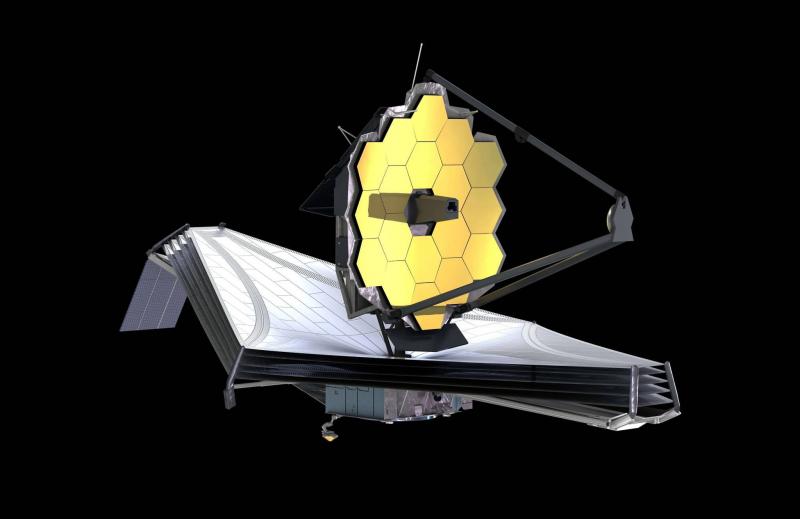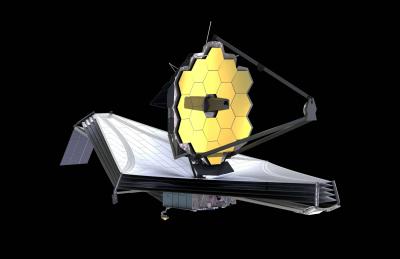The James Webb Space Telescope, operated by NASA in collaboration with the European and Canadian space agencies, has captured an image of supersonic jets from a newly formed star that may develop to the size of our Sun. According to NASA, the objects emitting these stellar jets, referred to as "Herbig-Haro 211" (HH 211), are located about 1,000 light-years away from Earth in the constellation of Perseus, making it one of the smallest and closest stellar outflows found, and thus an ideal target for the space telescope.
Herbig-Haro objects are known to be bright regions surrounding newly formed stars and are formed when stellar winds or jets of gas emitted from them collide with surrounding materials at very high speeds. The image of HH 211 shows the ascent of a protostar that resembles the Sun when it was only a few tens of thousands of years old, with only 8% of its current mass.
The unprecedented images, which have spatial resolution 5 to 10 times greater than any previous image of HH 211, display a series of shock arcs alongside the narrow flow driving them. The new high-resolution and near-infrared image of HH 211 was obtained using the Near Infrared Camera (NIRCam) aboard the James Webb Space Telescope.
The sensitive infrared instruments used by Webb for imaging are extremely useful for studying newly formed stars and their outflows, as they are always immersed in the gas of the molecular cloud from which they formed, making them very difficult to see.




